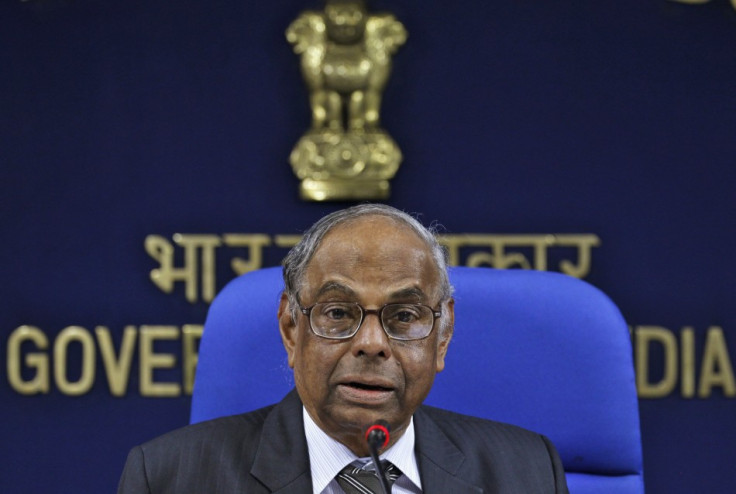India Crisis: Growth Outlook Cut Sharply by Prime Minister's Economic Advisory Council

India's Prime Minister's Economic Advisory Council significantly lowered its economic growth forecast for fiscal year ending in March 2014 amid looming issues such as widening current account deficit and depreciation in the rupee.
PMEAC slashed its outlook to 5.3% from 6.4% projected in April.
The council, chaired by former Reserve Bank of India (RBI) governor C Rangarajan, still expects the growth rate for fiscal year 2013/14 to be higher than the previous year, when GDP grew by 5%.
The agriculture sector would grow at 4.8% this year, compared to 1.9% in 2012/13. The industrial sector growth would rise to 2.7% from 2.1%, with manufacturing growth rising to 1.5% from 1%.
Meanwhile, growth is expected to decline at 6.6% in the services sector from 7.1% last year.
Amid adverse economic conditions, the RBI also had earlier lowered its growth projection for the ongoing fiscal year to 5.5% from 5.7%.
Asia's third largest economy has been struggling from a slump in the value of its currency and its widening current account deficit.
India has the world's third-largest current account deficit at around $90bn (£57.9bn, €68.3bn), primarily due to its ever-rising oil and gold import bills. The country looks to bring the deficit down to $70bn by the end of the current fiscal year.
The high current account deficit, along with the US plans to ease its monetary stimulus, has affected the rupee, which plunged to an all-time low of 68.80 against the US dollar in August. The currency has shed nearly 20% since April, as government efforts proved to be less effective. The rupee was trading at 63.66 against the US dollar as at 8:40am BST.
To compound the woes, the inflation rate in the country is high and economists project a growth rate of 4% for the ongoing fiscal year, following the 5% growth in 2012, the slowest in a decade.
Measures to Promote Growth
In order to overcome the weakness, Rangarajan suggested measures including liberalisation of norms on foreign direct investment, resolving corporate tax issues, boosting public sector investment and initiating measures to contain fiscal deficit.
He expects the current account deficit to come down to $70bn in 2013/14 or 3.8% of GDP from $88.2bn or 4.8% of GDP last year. He added that stability is returning to the forex market with the recent improvements in the rupee, adding that India's currency will strengthen further as capital inflows increase and the current account deficit begins to fall.
Rangarajan also said the RBI should keep its current monetary policy unchanged until the rupee becomes stable.
© Copyright IBTimes 2025. All rights reserved.






















